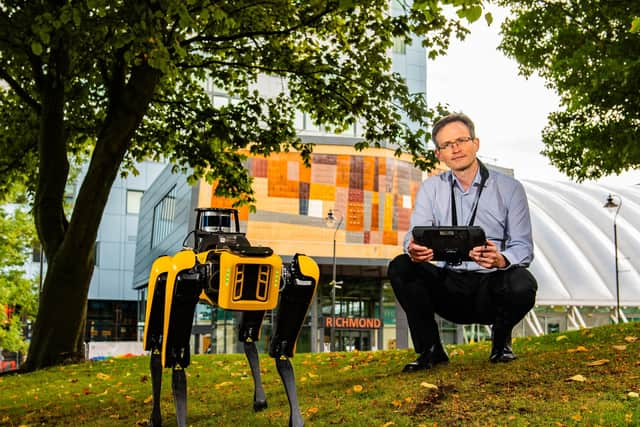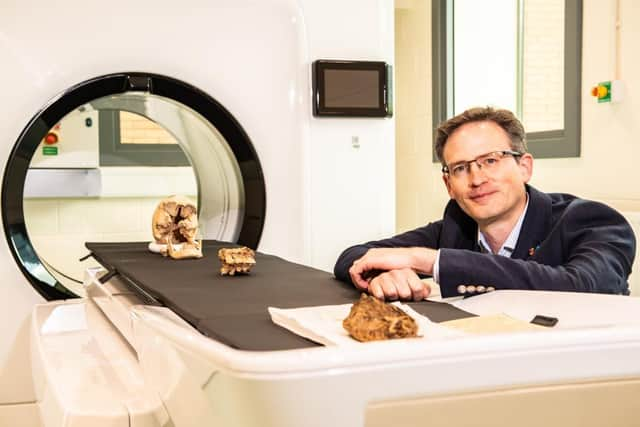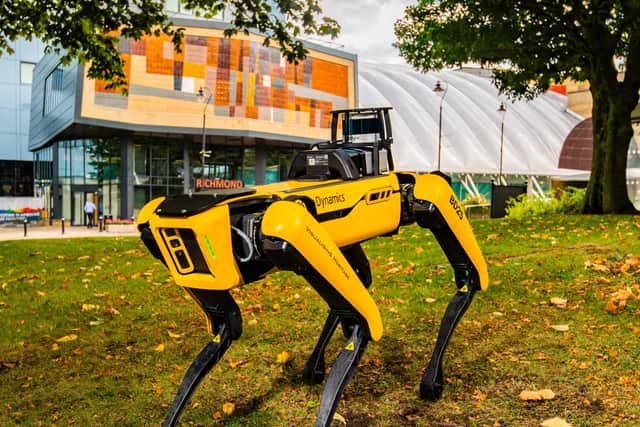Robot dog could explore abandoned old mill buildings in Bradford as advances in archaeological research ramp up
Such advances in technology mean archaeological research has taken huge strides over recent years, with the University of Bradford among those to shine.
The institute's Boston Dynamics dog Spot is just one tool in its powerful armour, with the pet pooch capable of digging up more than just bones.
Advertisement
Hide AdAdvertisement
Hide AdNicknamed BD25, in a nod to the university's partnership with Bradford of Culture, it can explore and map hazardous sites without the need for a human companion.


It is the first in the UK to have colour vision and can even climb up and down stairs.
Professor Andrew Wilson, chair of the School of Archaeological and Forensic Sciences, said: "BD25 isn't just a gimmick, it's an incredibly useful tool to give academics, industry and students access to sites which have, until now, been off limits for humans due to safety concerns.
"Having BD25 at the university, along with the rest of our suite of capabilities, means our students, researchers and collaborators have access to cutting edge technologies that place the UK at the forefront of opportunities for collections, conservation and heritage science."
Advertisement
Hide AdAdvertisement
Hide AdSpot, which retails from around £160,000 in the UK, has been partnered with tech firm Trimble to give it an extra edge with a 3D laser scanner and surveying capability.


The possibilities for use are endless but in Yorkshire, academics plan to use it for exploring and recording heritage at risk such as abandoned mill buildings.
High definition CT scanners meanwhile, such as one in the school's new technologies suite, can see inside the most delicate of objects - helpful when examining Egyptian mummies.
The hope is that such equipment will establish Bradford as a national centre, which will not only benefit the region but the country as a whole, while sharing opportunities for research.
Advertisement
Hide AdAdvertisement
Hide AdThe kit has been funded through investment from the Capco fund, part of the Arts and Humanities Research Council's (AHRC) allocation.


AHRC executive chair Christopher Smith said: "The past belongs to us all and is an invaluable resource, but much of it remains hidden from view or is invisible to the naked eye.
"When the remains we want to study are too fragile or their location too dangerous to access or their details are too minute to see, we must turn to technology."
Tools such as these are a "perfect illustration" of how arts and humanities research drives technological development, he added, enabling exciting discoveries.
"It will enable researchers to delve deeper into our past and reveal new levels of detail about the way our predecessors lived and worked."